The Enchanting Labyrinth: Unveiling Tallinn’s Medieval Streets
Nestled on the northern coast of Estonia, the medieval city of Tallinn offers an exquisite journey back in time. Its labyrinthine streets, rich history, and captivating architecture present a unique opportunity for those looking to explore one of Europe's best-preserved medieval towns. As you traverse through the winding alleys and cobbled pathways of Tallinn, you'll uncover a tapestry of history and culture that feels both timeless and wonderfully preserved.
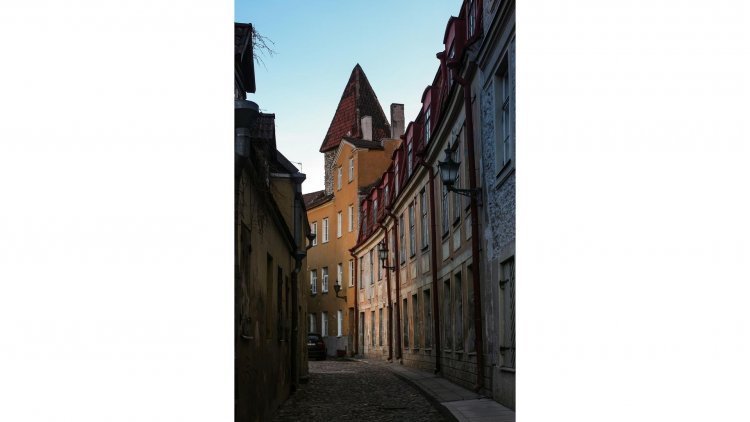
The Old Town: A Walk Through History
Tallinn's Old Town is a UNESCO World Heritage Site, celebrated for its well-preserved medieval character. The charm of this historic district lies in its narrow streets and towering spires, each corner whispering tales of centuries past. The Old Town is divided into two main areas: Toompea Hill and the Lower Town, each offering distinct experiences.
Toompea Hill: A Fortress of History
Perched high above the city, Toompea Hill has been the site of Tallinn's most significant historical events. The imposing Toompea Castle, now housing the Estonian Parliament, stands as a testament to the city’s medieval military and political importance. A walk around the castle reveals not only grand architecture but also panoramic views of Tallinn and its surroundings.
The dominant feature of Toompea Hill is the Alexander Nevsky Cathedral, a striking Orthodox cathedral built in the late 19th century. Its onion domes and intricate mosaics contrast sharply with the Gothic architecture typical of Tallinn, showcasing the city's historical blend of cultures. Nearby, the Toompea Church offers a quieter retreat with its baroque facade and peaceful interior, providing insight into the religious life of medieval Tallinn.
The Lower Town: The Heart of Medieval Tallinn
Descending from Toompea Hill, you'll enter the Lower Town, where medieval Tallinn truly comes to life. The Lower Town is a maze of cobblestone streets, quaint shops, and charming cafes. The heart of this area is the Town Hall Square (Raekoja Plats), an iconic medieval marketplace surrounded by beautifully preserved merchant houses and the Tallinn Town Hall itself.
The Town Hall, completed in 1404, is a masterpiece of Gothic architecture. Its ornate facade, complete with a dragon weather vane, and the adjoining Town Hall Pharmacy, which has been in operation since 1422, reflect the vibrant commercial activity that once thrived here. A visit to the pharmacy provides a glimpse into medieval medical practices and the evolution of pharmaceuticals.
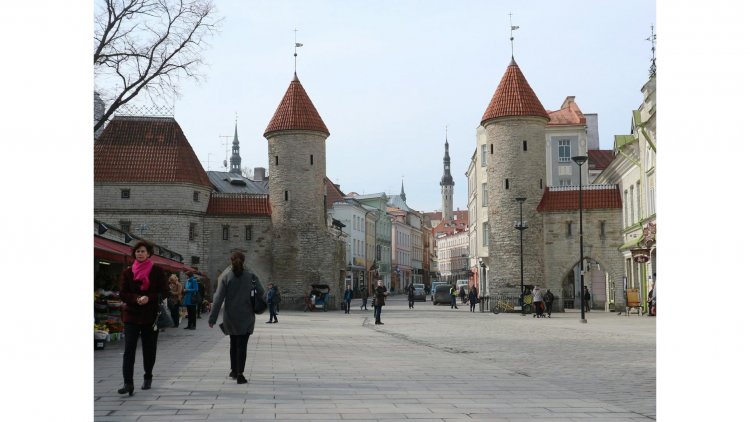
The Gates and Towers: Guardians of the Past
Tallinn's medieval fortifications are among the most well-preserved in Europe. As you wander through the Old Town, you'll encounter several ancient gates and towers that once served as the city's defenses. The Viru Gate, with its twin towers, marks one of the main entrances to the Old Town and offers a picturesque entry into Tallinn's medieval heart.
The Kiek in de Kök Tower, a defensive bastion that translates to "Peek into the Kitchen," is another prominent structure. This name refers to the tower’s strategic position, which allowed guards to spy on enemy kitchens and fortifications. Today, the tower houses a museum showcasing Tallinn’s medieval military history and offers stunning views of the cityscape from its upper levels.
The remnants of Tallinn’s city walls, including the Tallin Gate and the powerful walls near the Danish King's Garden, further immerse you in the city’s medieval defensive strategies and urban layout.
Historical Walks and Hidden Corners
Tallinn’s Old Town is not just about grand structures and historical landmarks; it’s also about the small, hidden corners that give the city its unique character. Exploring these less-traveled paths can lead you to delightful discoveries.
Pikk Jalg and Lühike Jalg: Steeped in History
Two of the most intriguing streets in Tallinn are Pikk Jalg (Long Leg) and Lühike Jalg (Short Leg). These streets are some of the oldest in the city, offering a glimpse into Tallinn’s medieval past. Pikk Jalg, known for its steep incline, connects Toompea Hill with the Lower Town and is lined with historical buildings and charming shops.
Lühike Jalg, on the other hand, is notable for its more gradual slope and picturesque views. Both streets are perfect for a leisurely stroll, allowing visitors to soak in the atmosphere of Tallinn’s medieval past.
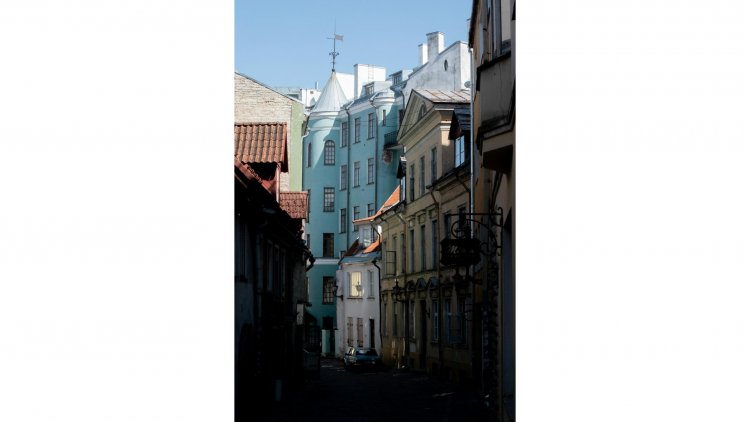
Hidden Courtyards and Secret Passageways
Scattered throughout the Old Town are hidden courtyards and secret passageways that are often overlooked by visitors. These enchanting spots provide a serene escape from the busier streets. The Danish King’s Garden, located behind Toompea Hill, is a tranquil area with beautiful landscaping and historic significance, believed to be the site where the Danish flag was first hoisted.
Another hidden gem is the small courtyard of the St. Catherine’s Passage (Katerina Käik), which is lined with artisan workshops and medieval architecture. This area is perfect for those interested in traditional crafts and the local artistic heritage.
Tallinn’s Medieval Legends and Lore
Tallinn’s streets are steeped in legends and folklore that add an extra layer of intrigue to your visit. One of the most famous tales is that of the “Ghost of the Black Hand,” a mythical figure said to haunt the Old Town. According to legend, the ghost roams the streets in search of lost souls, adding a spooky allure to the city’s ancient pathways.
Another intriguing legend involves the “Secret Passageways” beneath Tallinn’s streets, which were allegedly used by medieval townspeople to escape from invaders or to conduct secret meetings. While these passageways may be more myth than reality, they add to the sense of mystery that surrounds Tallinn’s medieval history.
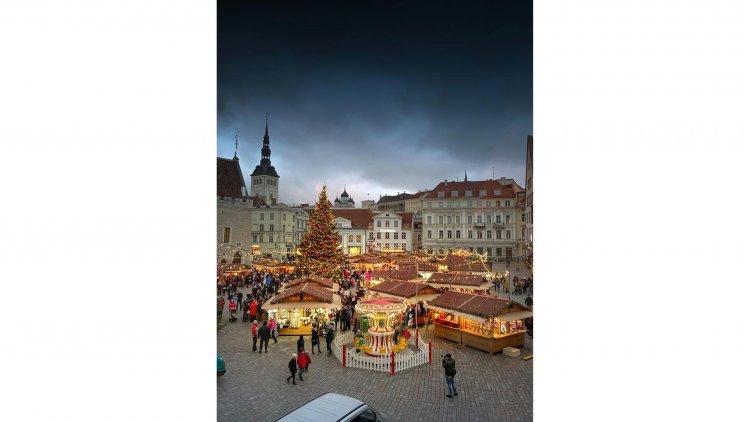
Culinary Delights and Cultural Experiences
No exploration of Tallinn is complete without savoring its culinary offerings and experiencing its vibrant cultural scene. The Old Town is home to a variety of eateries and cultural institutions that reflect Estonia’s rich heritage.
Traditional Estonian Cuisine
In the heart of Tallinn, you’ll find several restaurants that serve traditional Estonian dishes. From hearty stews to fresh Baltic fish, Estonian cuisine is both flavorful and comforting. One popular dish is “Kama,” a traditional Estonian dessert made from roasted barley, rye, and oat flour, often served with yogurt or milk. Another must-try is “Verivorst,” blood sausage, typically enjoyed with lingonberry sauce and sauerkraut.
For a truly authentic experience, visit one of the Old Town’s medieval-themed restaurants. These establishments offer a taste of history, complete with period-appropriate decor and menus that harken back to medieval times.
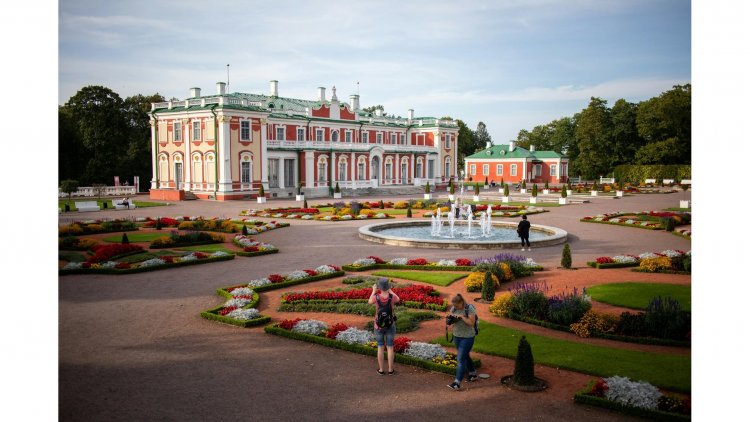
Cultural Institutions and Events
Tallinn’s Old Town is also a cultural hub, home to various museums and events that celebrate the city’s history and traditions. The Tallinn City Museum provides an in-depth look at the city’s past, featuring exhibits on its medieval roots and subsequent development.
Throughout the year, Tallinn hosts numerous festivals and events, including medieval fairs, music festivals, and historical reenactments. These events offer a lively and engaging way to experience the city’s cultural heritage and traditions.
The streets of Tallinn are a living history book, offering a vivid portrayal of medieval life. As you explore its alleys, admire its architecture, and delve into its stories, you’ll find yourself transported to a bygone era. Whether you’re marveling at the grandeur of Toompea Hill, uncovering hidden corners of the Old Town, or enjoying the local cuisine, Tallinn’s medieval streets promise an unforgettable adventure.
Timeless Treasures and Modern Marvels
As you continue to wander through Tallinn’s medieval streets, you'll encounter a delightful blend of old and new. The city's preservation efforts ensure that its historical charm remains intact, while modern amenities and cultural experiences enhance the visit.
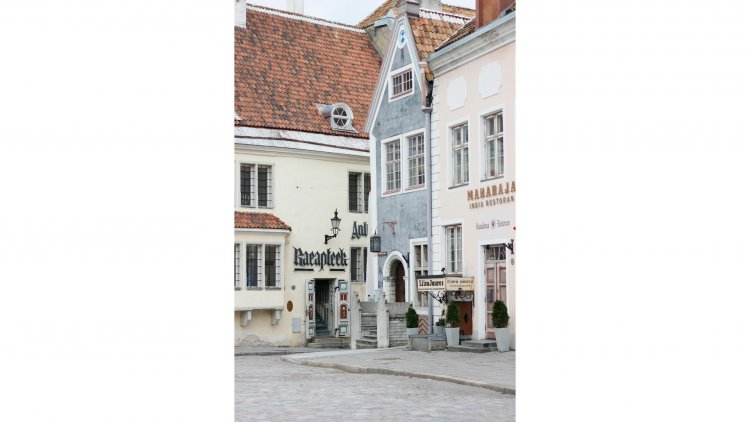
The Medieval Market: Where History Meets Commerce
The medieval market is a vibrant hub where history and contemporary life intersect. Held annually, these markets recreate the ambiance of Tallinn's bustling medieval trade fairs. Artisans display handcrafted goods, ranging from traditional textiles to intricate jewelry, while food stalls offer a taste of medieval and modern Estonian cuisine.
Craftsmanship and Artisan Goods
One of the highlights of the medieval market is the opportunity to purchase unique, handcrafted items. Local artisans showcase their skills, offering everything from hand-forged metalwork to handcrafted pottery. These goods not only make for memorable souvenirs but also provide insight into traditional Estonian crafts and techniques.
Culinary Experiences
The market’s food stalls are a feast for the senses, with a range of traditional Estonian dishes and medieval-inspired delicacies. Sample local favorites like smoked fish, fresh rye bread, and hearty stews. The market also features contemporary food trucks and stalls, blending modern flavors with traditional ingredients for a unique culinary experience.
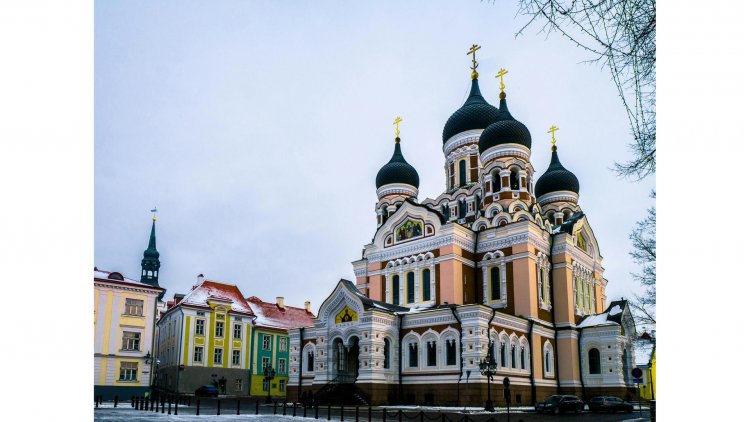
Architectural Wonders and Hidden Gems
Tallinn’s medieval streets are a treasure trove of architectural wonders and hidden gems that are worth exploring. Beyond the well-known landmarks, there are numerous lesser-known sites that reveal the city’s rich history and diverse architectural styles.
The Great Guild Hall
The Great Guild Hall, located on Pikk Street, is a magnificent example of medieval architecture. Originally built in the 14th century, it served as the headquarters of the Great Guild, an influential merchant organization. Today, the hall houses the Estonian History Museum, where you can delve into the city’s past through engaging exhibits and artifacts.
The House of the Brotherhood of Blackheads
Another architectural marvel is the House of the Brotherhood of Blackheads. This 14th-century building was once the headquarters of the Brotherhood of Blackheads, a guild of unmarried merchants and shipowners. The ornate facade, with its intricate carvings and vibrant colors, is a stunning example of Gothic architecture. The building now functions as a museum and event space, offering a glimpse into Tallinn’s merchant history.
The Holy Spirit Church
Tucked away in the heart of the Old Town, the Holy Spirit Church is a gem of medieval architecture. Built in the 13th century, this Gothic church is known for its beautifully preserved interior, including a striking wooden altar and intricately carved pews. The church’s bell tower, which offers panoramic views of Tallinn, is also worth a visit.
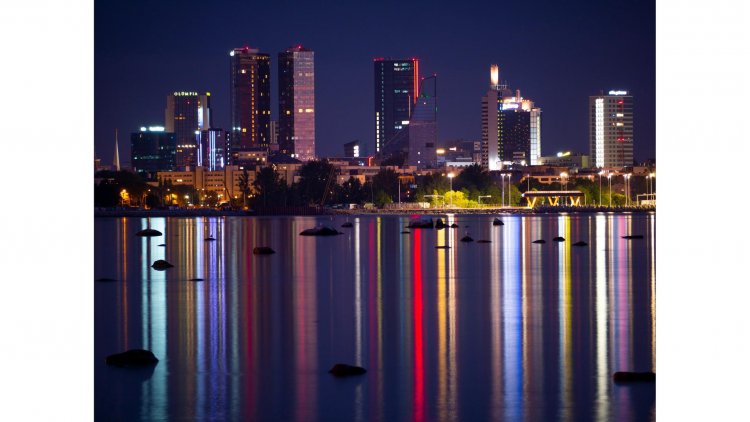
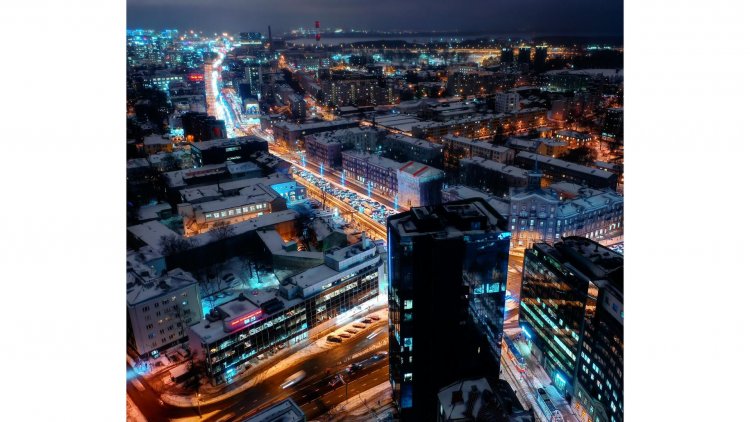
Nighttime Mystique: Tallinn After Dark
As dusk falls, Tallinn’s medieval streets take on a new character. The city’s atmosphere transforms as the historic buildings are illuminated by soft lighting, casting an enchanting glow over the cobblestone streets.
Evening Strolls and Ghost Tours
An evening stroll through Tallinn’s Old Town offers a different perspective on the city’s charm. The quiet streets and illuminated buildings create a romantic and serene ambiance. For those interested in the supernatural, Tallinn offers ghost tours that explore the city’s haunted history and legends. These tours provide a thrilling way to learn about the darker side of Tallinn’s past while enjoying its nighttime beauty.
Dining and Entertainment
Tallinn’s dining scene also comes alive at night, with a variety of restaurants and bars offering everything from gourmet dining to cozy pubs. Enjoy a meal at one of the city’s traditional Estonian restaurants or experience the local nightlife at a trendy bar or cafe. Many establishments feature live music or cultural performances, adding to the vibrant atmosphere.
Modern Touches and Practical Tips
While Tallinn’s medieval streets offer a historical journey, the city also embraces modernity. Here are some practical tips and modern amenities that will enhance your visit.
Getting Around Tallinn
Tallinn is a walkable city, especially within the Old Town. However, for those who prefer not to walk, the city offers a range of transportation options, including buses, trams, and taxis. The Tallinn Card provides access to public transportation and discounts on various attractions, making it a convenient option for tourists.
Accommodations and Services
Tallinn boasts a range of accommodations to suit all preferences and budgets. From luxurious hotels to charming guesthouses, there are plenty of options within walking distance of the Old Town. Many hotels offer modern amenities while maintaining a historical charm, providing a comfortable base for exploring the city.
Connectivity and Practical Considerations
Wi-Fi is widely available throughout Tallinn, including in public spaces and most accommodations. The city also offers various services for tourists, including guided tours, information centers, and language assistance. English is commonly spoken, making it easy for visitors to navigate and enjoy their stay.
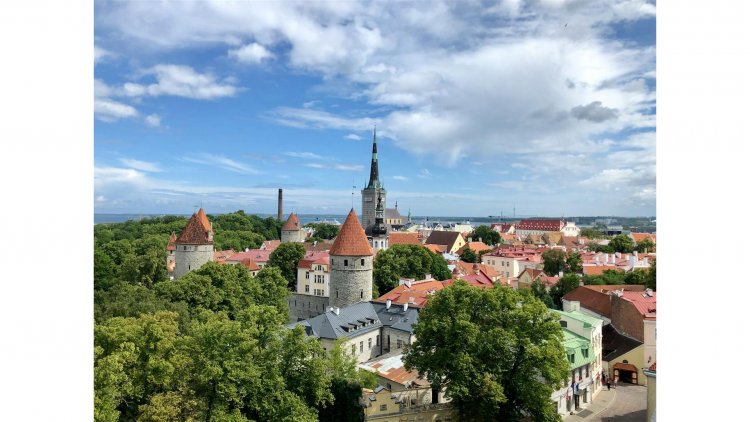
A Journey Through Time
Exploring Tallinn’s medieval streets is like stepping into a time capsule. The city’s rich history, stunning architecture, and vibrant culture offer a captivating experience that combines the charm of the past with the conveniences of the present. Whether you’re wandering through ancient alleyways, savoring traditional cuisine, or discovering hidden gems, Tallinn promises a journey through time that is both enchanting and unforgettable.
Disclaimer: The travel information and recommendations on this blog are intended for general guidance and inspiration. Conditions and regulations can change quickly, so please verify all details with appropriate sources before making travel plans. We are not liable for any errors, omissions, or outcomes resulting from your use of this information. Travel involves inherent risks, and it's essential to prioritize your safety and well-being. Always travel with adequate insurance and take necessary precautions.
What's Your Reaction?





















